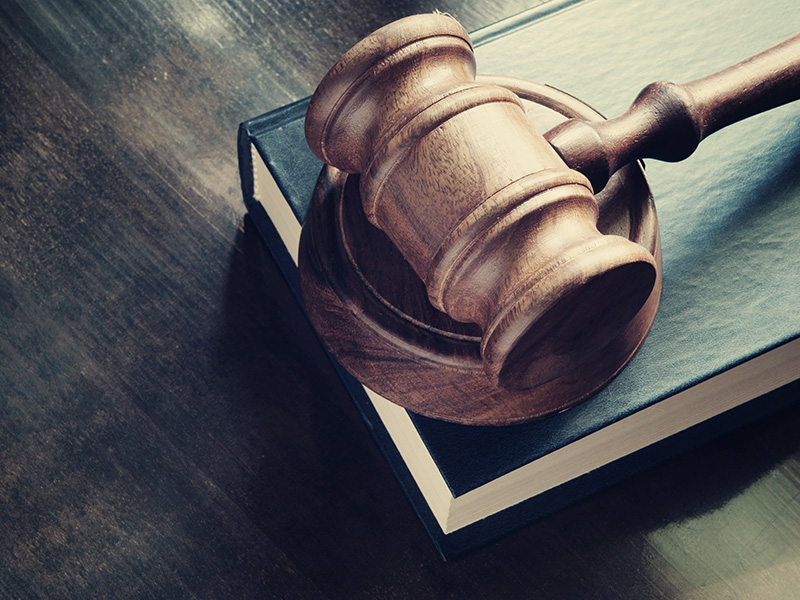
Copyrights, Intellectual Property and Everything in Between in the Creative Industry.

Part of succeeding in a design business (or any business for that matter) is to know where you stand in the eyes of the law. Knowing the rules of the game and playing by those rules helps in keeping things running smooth and most definitely keep you out of trouble. This is what we will be looking at this week. Through the discussion of three case studies, we will be discussing the legislative aspects to commercial creative work, look at different terms of protection – copyright, trademarks and patents – how graphic designers are affected with all this as well any pitfalls one may come across should there be an infringement.
Research and documentation are two important parts in any design project. I always allowed enough time for both. Turns out that it is not only important for the overall design process. Proper research as well as documentation off your thinking process is your proof that the work done really belongs to you. This point was brought up during the panel discussion during this week’s lecture. This point was agreed upon by Kevin Poulter as well as John Mayner – two lawyers working in different sectors in the creative industry. As very well described by them, we are living in a world where there are not many things that are completely new. “There are only so many ways to design a T and an L”.
I do agree on that point, however I think that you have a limited number of combinations of how to design an object, when there is an uncanny resemblance between two designs, it’s hard to believe that two different individuals, who never met each other, with different backgrounds and different expertise would be able to come up with the exact same design. Such an issue was brought to light when the logo design for the Tokyo 2020 Olympics logo was revealed.

Olivier Debie, the designer behind the logo of Théâtre de Liège, a Belgian theatre called out the designer behind the Olympics logo design claiming that it was a ‘plagait’. According to an article in the Guardian (you can read it here), There are numerous claims that the Olympics logo design is an original design. Leading designers such as Armin Vit defended the work and said that “with a logo this simple and using basic geometric shapes, similarities are bound to happen’. The article also makes references to other Olympics logos, like the very controversial 2012 London Olympics logo, where it was compared to so many things including the Swastika and Lisa Simpson. However, I do not think that the was cases are comparable, for the latter was based on speculation and the public is always the harshest critic, but in the case of the 2020 Olympics logo, I think that the resemblance (let’s not call is copy) is very evident.
With that said, the next question on any designer’s mind in the same situation would be, ‘should I seek legal advice?’. As designers, we do take pride in our work – being able to come up with something out of ‘nothing’ is cool in its own way. So when some random person comes around with a piece of design work and claims it as their own, it does not feel good. We almost feel offended. Hence, we want to show that it is our work and we worked hard to come up with the end product. That being said, one has to realise the risk factors involved should you decide to go to court. Firstly, one has to bear in mind that lawsuits are long and dragging, not to mention the hefty bills.
So is the case with Tuesday Bassen and Zara. Tuesday Bassen is an independent artist and designer based in Los Angeles, California. Amongst many projects, she designed a collection of lapel pins featuring various objects such as heart-shape lollipops, erasers, one-liner badges and other quirky objects. During an interview with The Cut (read more here) in early 2016, Bassen tells the story of how Zara launched a collection of stitch-on badges and were featured in various pieces of the collection of that season.

Upon knowledge of this, Bassen proceeded to hiring a lawyer, where a letter of cease-and-desist letter was sent to Zara. In return, Zara made no efforts to take the case seriously, so much so that they replied that:
“The lack of distinctiveness of your client’s purported designs makes it very hard to see how a significant part of the population anywhere in the world would associate the signs with Tuesday Bassen, […] This is our firm view, and being fully aware of the 3rd party notifications that you have brought to our attention. In this last regard, please not [sic] that such notifications amount to a handful of complaints only; when it is borne in mind that millions of users worldwide visit the respective websites monthly (Zara: 98,000,000 average monthly visits last year, Bershka: 15,000,000 average monthly visits last year), the figures clearly put those few notifications into sharp perspective.”
Source: The Cut
Long story short, according to Zara’s legal team, Bassen was not famous enough for her work to be stolen from. Such a case also shows how big businesses prey on smaller ones. Along with the legal fees, Bassen has to face the possibility that Zara might actually get away with it simply because they have more power. Such a case is not unheard of. It is not the first time were independent designers have clients were they cancel a contract or signing the project as a ‘one-off’ thing only to see that they hired someone else with a cheaper price tag to produce the same work. Knowing where your business stands legally is important because it gives you the possibility of evaluating all the major risk factor prior to taking action. A lawyer will obviously tell you to pursue with the lawsuit, for winning or losing, money is still going in their pocket, but for the designer prosecuting, it could mean the end of the business simply because they cannot keep up with the legal fees.
In my limited knowledge with regards of how the law works, what I can say is that keeping tracking of all your work and doing proper research are important for your own sake as well as for the sake of your business. Also, should you be the victim of IP theft, I think that before getting authorities and lawyers involved, it is best to speak to the ‘thief’. There may be cases where you might be right, and other times where you might be wrong. And lastly, do not just copy work… you would not want to be the one being chased surely.





